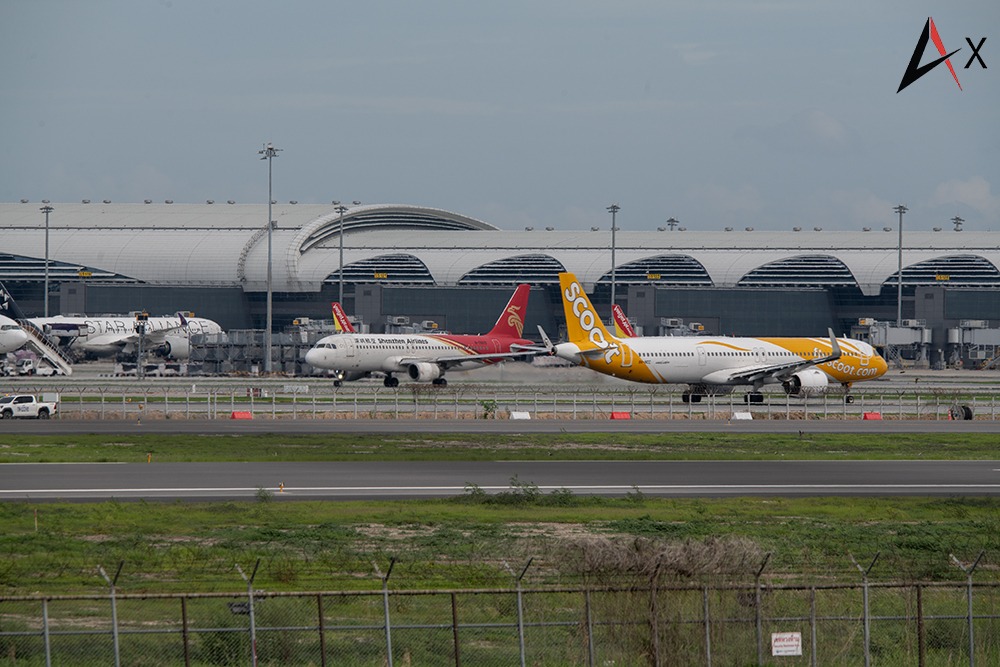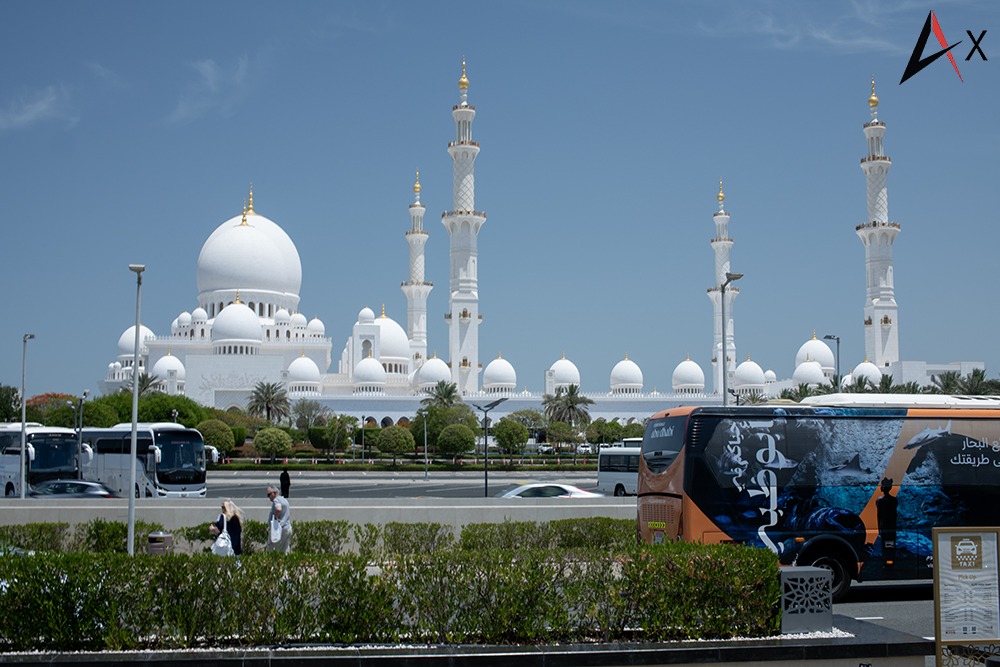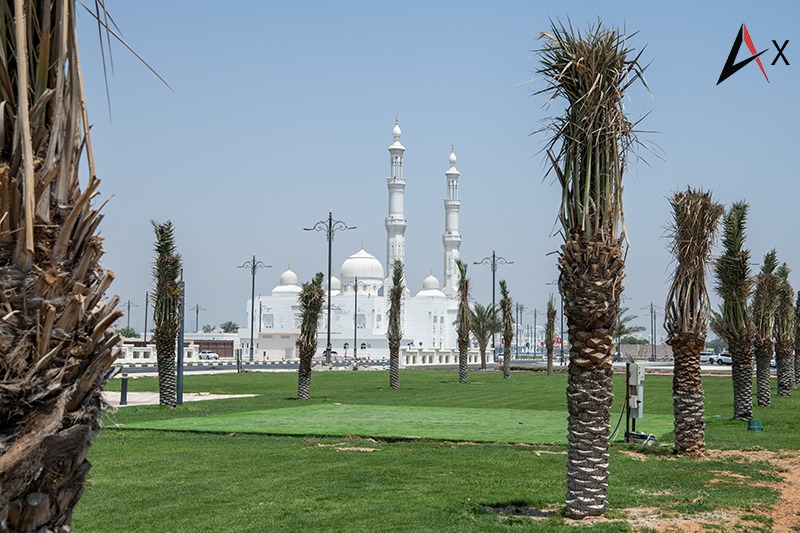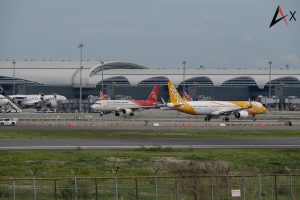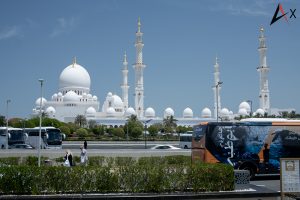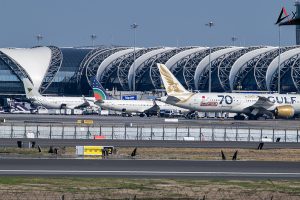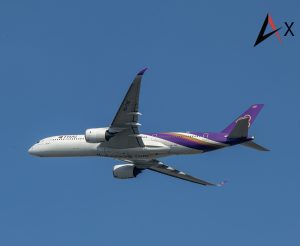Airports throughout the Asia-Pacific and Middle East regions are gearing up for significant growth in air travel, with forecasts predicting an annual increase of nearly 7% over the next 25 years. In anticipation of this surge, the recently held 2nd ACI Asia-Pacific & Middle East Regional Assembly of Airport Members in New Delhi adopted a resolution aimed at optimizing existing capacity as well as developing new infrastructure, both on the ground and in the air.
Acknowledging the crucial role airports play in socio-economic development, the resolution emphasizes a commitment to expanding and enhancing airport infrastructure in Asia-Pacific and the Middle East. These regions together represent 58% of the global aviation market and contain 9 of the world’s 10 fastest-growing aviation markets.
The resolution also highlights the necessity of decarbonization, infrastructure expansion, improved operational control, congestion alleviation, proactive regulations, diverse financing options, light regulatory oversight, and advanced air traffic management.
Key resolutions adopted include:
- Efficient Use of Airport Infrastructure: Modernizing airport slot allocation systems to align with evolving market conditions.
- Advancing Air Traffic Management: Promoting the industry-wide adoption of Airport Collaborative Decision Making (A-CDM) and enhanced cross-border Air Traffic Flow Management (ATFM) to improve coordination, reduce congestion, and minimize CO2 emissions.
- Infrastructure Growth Commitment: Supporting the expansion and development of new airport facilities, including runways, terminals, and digital technologies.
- Encouraging Investment and Financing: Promoting diverse financing models like Public-Private Partnerships (PPPs) and institutional investments to ensure the long-term viability of airport development projects.
- Facilitating Modern Service Oversight: Urging governments to create policy frameworks that promote investment while balancing commercial interests with consumer benefits.
- Integrating Sustainability and Innovation: Emphasizing the incorporation of environmental sustainability, digitalization, and smart technology in airport developments—focusing on climate resilience, availability of Sustainable Aviation Fuel (SAF), and green energy initiatives.
- Stakeholder Engagement: Calling for enhanced collaboration among airports, airlines, and other stakeholders.
- Adopting Global Best Practices: Committing to engage with global aviation stakeholders to promote best practices.
Support for the resolution came from Mr. SGK Kishore, President of ACI Asia-Pacific & Middle East, who stated: “I am delighted by our members’ commitment to infrastructure development. Given the region’s role as a leading driver of global air travel growth, investing in modern, efficient, and sustainable airport infrastructure is not only prudent but critical. Airports are vital for socio-economic development; they must be prepared to meet demand while ensuring long-term financial stability. However, having the right infrastructure is not enough; we also need a supportive regulatory environment, diverse financing models, an innovative culture, and an effective slot management system that reflects current market conditions.”
Commenting on the resolution, Mr. Stefano Baronci, Director General of ACI Asia-Pacific & Middle East, remarked: “The Asia-Pacific and Middle East regions require substantial investment to sustain high growth rates. A holistic approach is essential, which includes investments in physical airport infrastructure, modernization of air traffic management, and a comprehensive update of outdated slot management guidelines. This approach will help ensure the region maintains its growth trajectory while maximizing efficiency and minimizing its environmental impact.”
